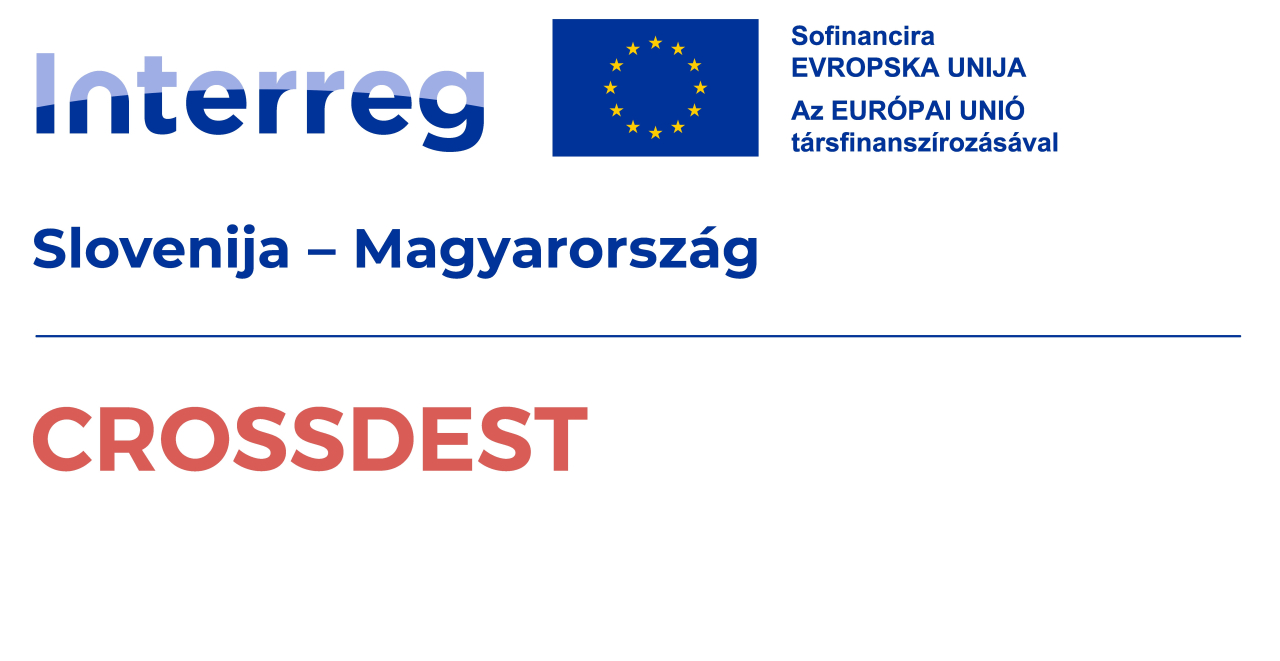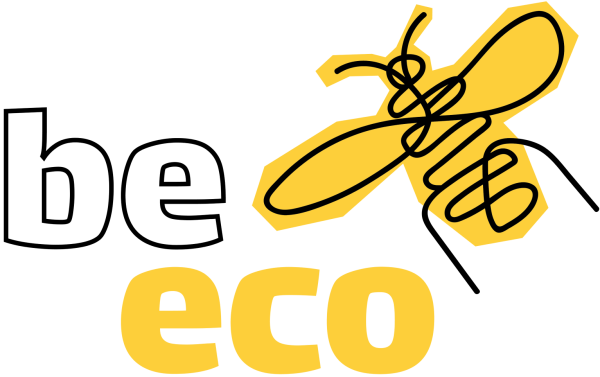

More than memories: what and how to photograph while travelling – ethically?
Photographs taken during a journey play an important role in preserving memories. A well-captured moment can bring back the atmosphere of the trip, the scent of the landscape, the memory of conversations. At the same time, a photograph is not just a personal imprint but also a message: it influences how others perceive a particular place or community. This is why, for the conscious traveller, photography becomes an ethical question. It matters what we capture – and how we do it.
Photographing people: prioritising respect
(Related SDGs: 10 – Reduced Inequalities, 16 – Peace, Justice and Strong Institutions)
When photographing other people, especially in places where cultural or social differences are striking, it’s easy to fall into the trap of objectifying them, even unintentionally. A market vendor, an elderly man on a bench, a child in a schoolyard – they may seem like appealing subjects, but they might not feel the same way. An ethically minded traveller sees, first and foremost, another person’s presence and dignity, not just the opportunity for a “great shot.” If they take a portrait, they ask for permission, make a gesture. And if the answer is no, they respect it. Human dignity does not depend on how “photogenic” or “interesting” someone is.

Photographing cultural and religious sites
(Related SDGs: 11 – Sustainable Cities and Communities, 16 – Peace, Justice and Strong Institutions)
Many travellers are drawn to temples, mosques, sacred sites, and other spiritual spaces, which are not only architecturally but also culturally significant. However, these places are often part of living, active religious communities where silence, attentiveness, and respect are not just expectations but intrinsic norms. The presence of a camera in such contexts can easily become disruptive, especially when using a flash or when photography overshadows the sense of reverence. An ethical traveller observes, asks, and learns first. If photography is permitted, they take pictures discreetly, in harmony with the atmosphere of the place – focusing not on themselves but on the spirit of the location.

Capturing nature: landscapes, wildlife, and ecosystems
(Related SDGs: 13 – Climate Action, 15 – Life on Land)
Photographing landscapes, mountains, lakes, forests, and wildlife is a part of almost every journey. However, nature is not a backdrop: a trail is not just a path, but a living environment; a meadow in bloom is not merely a background, but part of an ecosystem. Straying off the path for the sake of a good photo, disturbing a bird, or stepping into a sensitive area are actions that can cause long-term harm. For the ethical traveller, nature photography is about humility: capturing something without interfering with its order. Our relationship with nature – especially in the digital age – becomes an act requiring genuine, inner connection, not just image-making.

The responsibility of sharing: digital etiquette
(Related SDGs: 12 – Responsible Consumption and Production, 11 – Sustainable Communities)
Today, it’s not just about what we photograph but also how we share it. In the world of social media, images quickly take on a life of their own and can distort reality. Posting a “perfect moment” often overshadows the nuances of the experience and creates unrealistic expectations for others. Moreover, shared content – especially when geotagged – can attract more visitors to areas that may not be prepared for it. The ethical traveller recognises this impact and shares their experiences in a way that considers not only their own memories but also the space and community they are sharing with. Personal experiences thus become a shared responsibility.

Photography as connection – and as action
(Related SDGs: 17 – Partnerships for the Goals, 4 – Quality Education, 8 – Decent Work and Economic Growth)
Ultimately, photography can also be a tool for sustainable tourism. An image that tells a genuine story, that helps make local communities visible, that showcases good practices – all of these create value. A camera is not just a tool for documentation but can also be a medium for building connections: a bridge between the visitor and the place. For the ethical traveller, photography is not merely about capturing images but about participating – in a process where they are not just an observer but a responsible participant.
The best photographs are not just beautiful but honest, sensitive, and respectful. Let your photos be more than memories – let them become connections, acts of respect, and small steps towards a better world.
More News
All-
3 Mins

Read -
7 Mins

Read -
7 Mins
Read -
5 Mins
Read -
6 Mins

Read -
6 Mins

Read -
3 Mins

Read -
3 Mins

Read -
10 Mins

Read -
5 Mins

Read -
6 Mins

Read -
4 Mins

Read -
5 Mins
Read -
4 Mins

Read -
6 Mins
Read -
7 Mins

Read -
5 Mins

Read -
4 Mins
Read -
4 Mins

Read -
4 Mins

Read -
6 Mins

Read -
3 Mins

Read -
1 Mins

Read -
2 Mins
Read -
2 Mins

Read -
3 Mins

Read -
3 Mins

Read


